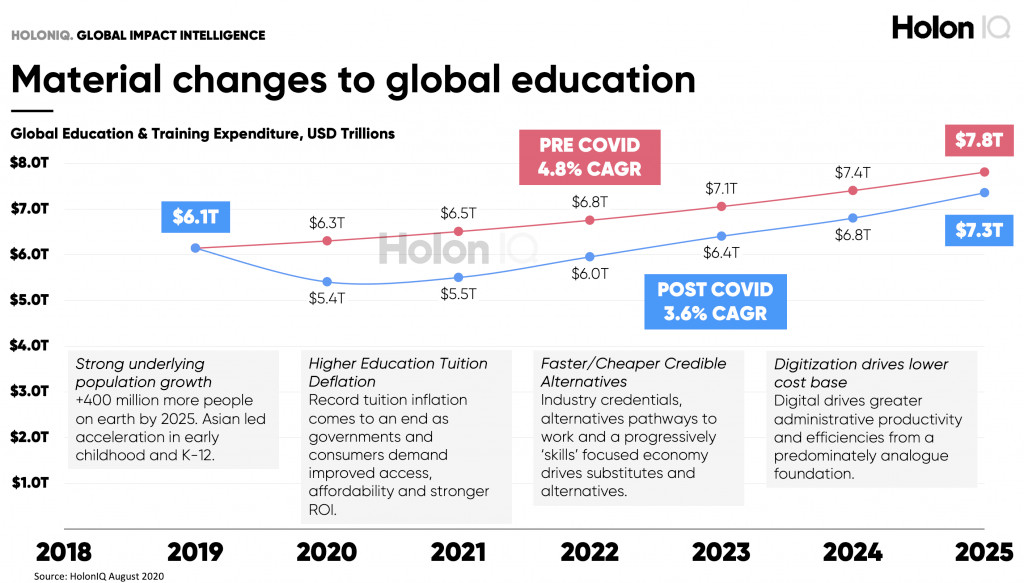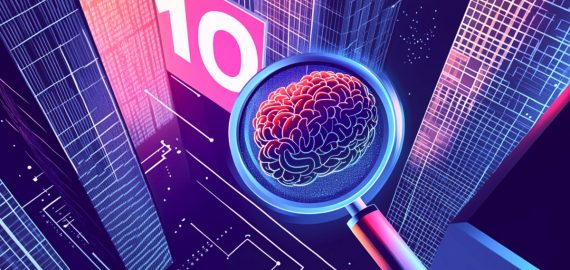Building AI From Scratch: Inside Microsoft’s Generative AI Course


In Brief
Microsoft launches a free, 18-lesson course on generative AI — designed to guide professionals from zero to building their own models.

This year, generative AI shifted from niche curiosity to foundational skill. In response, Microsoft released Generative AI for Beginners, a free, online, 18‑lesson course produced by Microsoft Cloud Advocates. Structured around video, written guides, and code examples, it guides learners from fundamentals through responsible AI, prompt engineering, agents, RAG, and fine‑tuning. The course is unusually lean and practical, with no filler—few MOOCs cover so much, so cleanly.
Inside the Course: Eighteen Lessons Mapped to Real Needs
The course spans 18 lessons split into “Learn” modules with core concepts and “Build” modules with Python or TypeScript code, each ending in a “Keep Learning” track. Content includes videos, written README, code notebooks and extra resources.
Lesson topics include:
- Introduction to Generative AI and LLMs;
- Exploring and comparing different LLMs;
- Using Generative AI responsibly;
- Prompt engineering (fundamentals and advanced);
- Building text, chat, image generation applications;
- Search with vector databases;
- Low-code AI applications (Power Platform, Copilot);
- Integrating with function calling;
- UX design for AI applications;
- Application lifecycle, LLMOps;
- Securing AI applications;
- Retrieval-Augmented Generation (RAG) and vector DBs;
- Open source models and Hugging Face;
- AI agents;
- Fine-tuning LLMs;
Videos accompany many. For example, Part 1 introduces LLM inner workings and real use cases; Part 2 covers model comparison and deployment; Part 17 dives into AI agents: what they are, frameworks, and practical contexts.
Why Microsoft Wants Developers to Learn Generative AI
AI literacy is climbing toward baseline expectations in tech. Microsoft’s launch appears strategic: educate newcomers while embedding them in Microsoft’s ecosystem—Azure, Copilot, OpenAI partnerships.
Growth in EdTech shows global demand: HolonIQ projects global edtech spending might exceed $400 billion by decade’s end—with digital skills a major driver. Microsoft’s effort looks less altruistic and more ecosystem reinforcement. Teaching developers to use Azure or OpenAI via Microsoft Learn creates a natural pipeline into its tools.

Google and NVIDIA also offer AI guides—Google’s “AI for Anyone” pathways; NVIDIA’s Deep Learning Institute. Microsoft’s content, though, integrates learning tightly with Azure and practical projects, not just theory.
Practical Payoff: Skills Developers Gain from Microsoft’s Generative AI for Beginners
Learners exit with concrete skills outlined in the 18 lessons:
- Building prototypes such as chatbots, basic LLM apps, or image tools;
- Integrating vector search and RAG into applications;
- Using function calling to connect LLMs with external systems;;
- Deploying low-code applications with Power Platform and Copilot
- Designing secure, lifecycle-aware AI solutions.
These are the direct outcomes of the Generative AI for Beginners curriculum, backed by the official modules GitHub and Microsoft Learn.
How Microsoft ties learning into its ecosystem
Beyond the course, Microsoft encourages learners to extend projects through its broader ecosystem. For example, the Microsoft for Startups Founders Hub offers up to $150,000 in Azure credits and $2,500 in OpenAI credits (program details). While not part of the course itself, these incentives create a pathway from education to prototyping and scaling within Microsoft’s stack.
Market context
The relevance of these skills is reinforced by the wider developer community. GitHub’s Octoverse 2024 report noted a 98% year-over-year increase in public repositories tagged with generative AI, approaching 150,000 projects worldwide. This surge illustrates how quickly generative AI has moved from experimentation into mainstream developer activity.
Voices from the Field: Learner Response and Context
Serious builders want more than slogans. They want curricula that teach them to ship working systems and a framework that matches how modern models actually behave. The most useful signals today come from practitioners who live inside the stack and publish concrete guidance in public.
- Andrew Ng, co-founder of Coursera and founder of DeepLearning.AI. Focus on applied, project-centered learning that moves beyond theory into agent workflows and execution.
https://x.com/AndrewYNg/status/1882125891821822398 - Andrej Karpathy, AI researcher and former Tesla and OpenAI engineer. Push for rethinking how education materials encode knowledge so that LLM-native reasoning and interaction patterns sit at the core, not the margins. https://x.com/karpathy/status/1885026028428681698
Together these positions describe a clear demand curve: hands-on agentic practice for immediate utility, paired with a deeper rewrite of how AI literacy is taught. That mix sets the benchmark for any course that claims to prepare practitioners for real product work.
Competitive Landscape in AI Education
Microsoft framed Generative AI for Beginners as both a learning track and an entry point into its ecosystem, yet the broader field of AI education has already diversified.
The University of Helsinki together with MinnaLearn created Elements of AI, a free course that has reached more than one million people across 170 countries in 26 languages. It focuses on civic literacy and approachable basics rather than platform-specific skills.
fast.ai, founded by Jeremy Howard and Rachel Thomas, launched in 2016 with the Practical Deep Learning for Coders series. It emphasizes coding, experimentation, and access to modern model training without requiring institutional backing.
Coursera co-founder Andrew Ng shaped online AI education by publishing machine learning and deep learning courses that attracted millions of learners globally. His work demonstrates the staying power of university-style curriculum delivered at scale.
| Platform / course | Distinctive feature |
| Microsoft Generative AI for Beginners | Practical lessons on agents, retrieval, lifecycle awareness |
| Elements of AI | Translated into 26 languages, focused on public literacy |
| fast.ai | Direct coding practice and model building |
| Coursera / Andrew Ng | Global reach and institutional credibility |
Microsoft positions its course as an applied track tied to its infrastructure. Elements of AI focuses on accessibility, fast.ai pursues coding depth, and Coursera continues to scale academic frameworks. Together they define a landscape where AI education has become both widespread and strategically contested.
From Learning to Building: The Road Ahead for Generative AI Education
Generative AI for Beginners positions training as infrastructure. It channels learners into defined ecosystems where tools, workflows, and careers converge. Microsoft compresses the path: fundamentals, responsible AI, prompt design, retrieval, agents, then full workflows inside Azure and OpenAI. The result is a direct line from theory to prototype. Alternatives expose other logics. Elements of AI opens access at scale, fast.ai drills coding discipline, Coursera bridges academia and global demand.
Each reflects the same baseline: AI fluency is no longer optional. The divide lies in the channel. Corporate programs accelerate skills while binding them to platforms. Independent tracks preserve neutrality yet remain detached from integrated stacks. That decision shapes how the next generation of practitioners learns and who sets the terms of their practice.
Disclaimer
In line with the Trust Project guidelines, please note that the information provided on this page is not intended to be and should not be interpreted as legal, tax, investment, financial, or any other form of advice. It is important to only invest what you can afford to lose and to seek independent financial advice if you have any doubts. For further information, we suggest referring to the terms and conditions as well as the help and support pages provided by the issuer or advertiser. MetaversePost is committed to accurate, unbiased reporting, but market conditions are subject to change without notice.
About The Author
Victoria is a writer on a variety of technology topics including Web3.0, AI and cryptocurrencies. Her extensive experience allows her to write insightful articles for the wider audience.
More articles

Victoria is a writer on a variety of technology topics including Web3.0, AI and cryptocurrencies. Her extensive experience allows her to write insightful articles for the wider audience.

















































